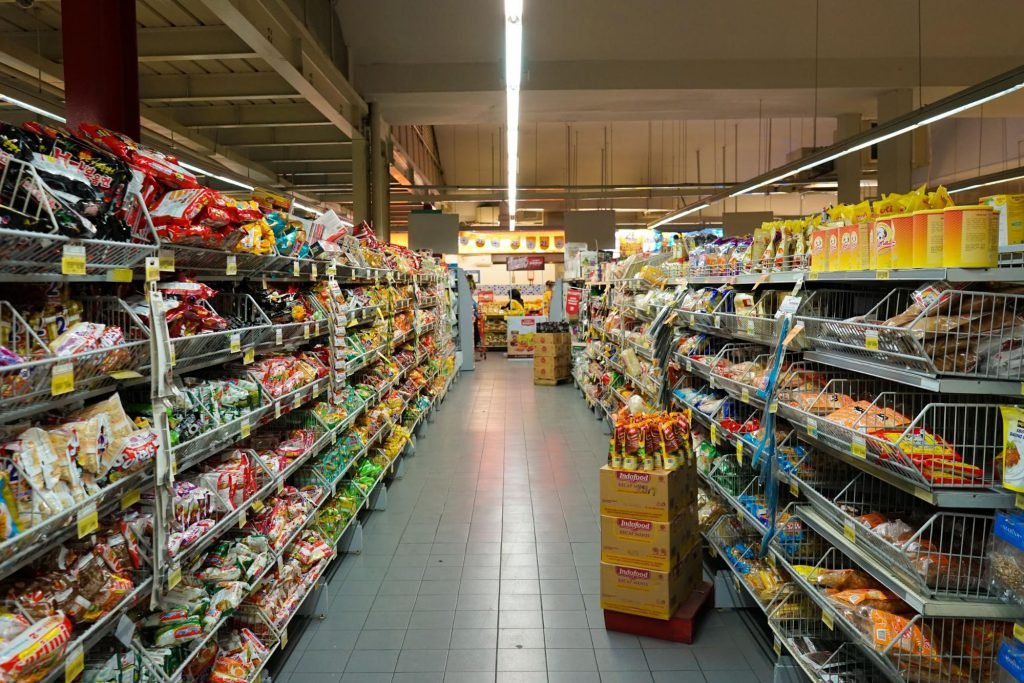
 View 3 slides
View 3 slides 7 Tactics Stores Use To Trick You Into Buying Things (And How You Can Avoid Them)
7 Tactics Stores Use To Trick You Into Buying Things (And How You Can Avoid Them)


Advertisement
It’s no surprise that stores want us to spend our money. It’s the way that business goes after all. But some stores have found several ways to exploit this. They’ve brought in business psychologists and marketing experts to figure out ways to get people to spend more money than you originally intended.
In fact, these tricks are so sneaky and so powerful, you may be falling for one of these tricks without noticing!
You’ll find these tricks everywhere, but you’ll especially find them in grocery stores. With grocery stores being so competitive, they need to use these tactics to get an edge. But if you’re looking to save money, then knowing these tricks is vital as you can learn to avoid them and therefore save money.
Strategic Product Positioning
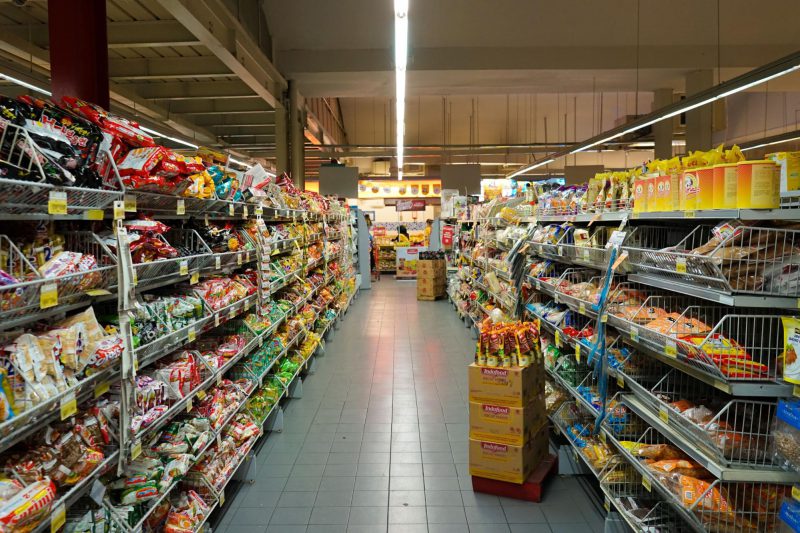
While some people may be familiar with where products are placed on shelves, there is also the case with where the items are available. You’ll notice that some stores place bakeries or flower shops near the entrance of the store. Or maybe they’ll place all the fresh fruits and vegetables at the entrance of the store. Those are there to rope you in.
The healthy foods give you the impression that you’ve picked the healthy part of the store. On the other hand flower shops and bakeries have appealing smells that rope you in. Bakeries especially can make you feel hungry while you shop.
And then you have your essentials which are placed near the back of the store. This forces you to go through the aisles, exposing you to more products that you may buy on impulse. But you may also buy them because you are hungry. The fact you need to go through all the food items first to get to where you want to go may be enough for you to pick up more food items.
Solution: Have A Snack

But there is one quick fix to all of this and that is to have a snack. You want to have this snack before you even step foot into the store and regardless of if you are feeling hungry or not. It’s a lot easier to resist temptation to buy extra food if you are full.
But having a snack is part of the much larger plan of coming in prepared. This means coming up with a shopping list before you enter the store and sticking to it throughout.
By doing this you have two distinct advantages. First is it pulls you away from distractions. You know what you need and generally where it is. And the second is even if you get tricked, you’re still walking away with everything you needed in the first place.
Larger Carts
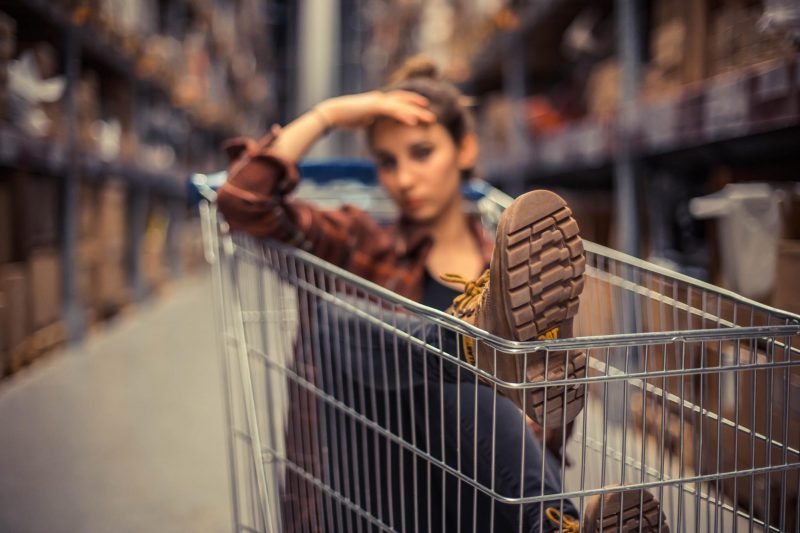
Since at least 1975, shopping carts have actually grown a lot and not that many people seem to have noticed that. But one thing that hasn’t changed at all is our own purchasing behaviours.
Since grocery stores have been in our lives, many purchasers get a certain level of satisfaction from having a cart full of items. Grocery stores realized this and over the past several decades have been gradually growing the sizes of shopping carts. It’s to the point now that certainly no handful of items will be enough to fill the cart. Furthermore when shoppers are waiting in line and seeing many shoppers with grocery carts filled, they feel almost obligated to go back and buy more so they don’t appear poor.
Solution: Look For Alternatives
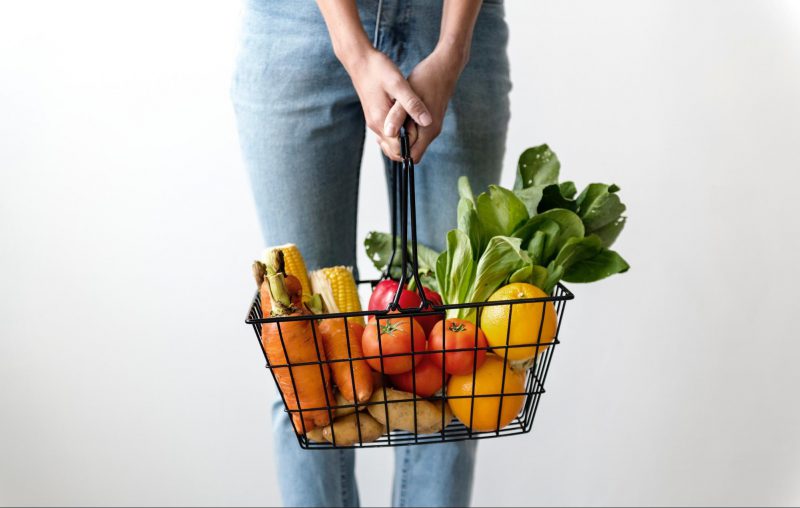
Many grocery stores recognize these days that not every one of their shoppers is part of a large family. To appease those shopping for just themselves they offer smaller carts or baskets. Using one of these reduces the urge to fill the shopping cart to the brim. And even if you do, you’ll be able to store a smaller amount than if you had a larger cart.
It’s also a good practice to avoid grabbing a cart or a grocery basket altogether. Of course, this will be based off of what you need to get. However if you’re only looking for a few items, it’s smarter to pick up what you need and get out. It seriously limits what you can get.
Another way you can think about it too is that ditching a cart will allow you to go through the store faster. You don’t need to be squeezing through crowded aisles or waiting for people to go. You can weave through the traffic if you’re hauling a basket or carrying everything in your arms.
Number Games
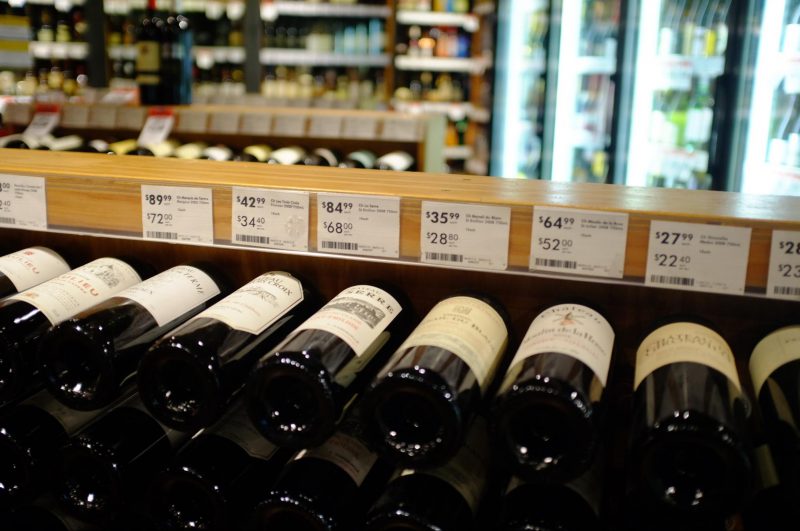
One thing you’ll find in so many stores is their obsession with the numbers “.99” or in some cases “.49.” Studies have looked into it and found that someone is more compelled to buy something if an item is priced at say $4.99 as opposed to the flat price of $5.00. That penny difference can play tricks on you and it has a name too. It’s called the “left-digit effect.”
Basically people will gravitate more towards the left digit and not pay attention at all to the rest of the numbers. It’s why some times some people will argue with cashiers saying they bought something for $4 when the actual price read $4.75 or $4.99. Some stores even drop the dollar sign to throw away your association with money. This only encourages you to buy more.
Solution: Round Up

We learned in elementary math class that if a decimal was larger than 5 we round the number up to the nearest 0. All we need to do is use this when we go grocery shopping too.
But you can go one step farther with this. Because there are taxes in some of those items as well. And while taxes aren’t going to the grocery store’s bank, they are still an extra cost to us. So getting into the habit of adding the tax to every single one of your items can give you more of an idea of how much you’ll be spending.
But at the same time, it can be a pleasant surprise as well. We know that not everything in a grocery store is taxed. So if you train yourself to add the tax to every item your total will certainly be smaller than what you came up with in your head.
This strategy is nice because it keeps you within your budget. And for a lot of us that’s important. It’s not out of the ordinary these days for some of us or seeing others argue with the cashier about prices or ask them to void several items. If you have a tendency to do that, start rounding up.